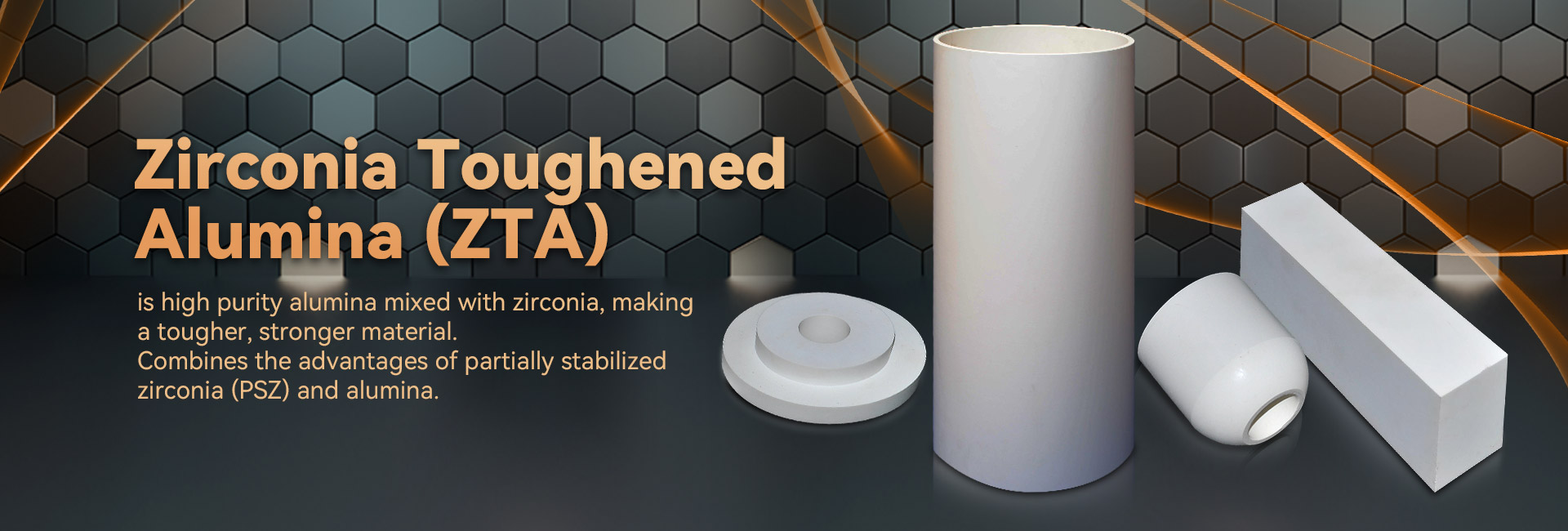
Advanced component showcase distinguished compositional essences, driving them preferable for a broad selection of functions. Stemming from aerospace and motoring to electronics, these composites are persistently growing to accommodate the required standards of a up-to-date alumina plate realm.
- Their fortitude and tolerance to intense thermal states make them indispensable for advanced components.
- Additionally, technical ceramics furnish edges in terms of functionality, advancing the innovation of trailblazing apparatuses.
Constructing Matter: Assembled for Unmatched Output
Constructed ceramics shine in severe deployments due to their remarkable qualities. Designed from handpicked raw materials and subjected to exacting processing approaches, these high-tech substances demonstrate superior fortitude, degradation resistance, and endurance to drastic environmental conditions, rusting, and friction. From aeronautics parts to fine crafting tools, industrial ceramics offer excellent effectiveness across various domains. Their multipurpose nature allows withstanding stringent environments, confirming endurance and stability. As modernization progresses, the requirement for top-tier materials grows, cementing the crucial status of industrial ceramics in shaping a thriving prospect.
Leading-Edge Ceramics: Scaling Compound Barriers
Compositions, exhibiting exceptional fortitude and lastingness, are in the midst of a shift. Next-generation ceramics, manufactured with scrupulous control over their configuration and small-scale texture, transcending the thresholds of everything that is conceivable. These ceramics feature a comprehensive assortment of traits, considering them ideal for hard domains such as orbital, medical science, and energy. From slender parts that hold up under extreme heat levels to body-friendly implants that bond tightly with the anatomy, advanced ceramics are reshaping our reality.
Fine Ceramic Manufacturing: Handling Demanding Requirements
Manufactured ceramic fabrication has developed considerably in recent eras, providing the manufacturing of finely made and highly functional ceramic parts. These segments are vital across a inclusive range of fields, including astronautics, biotechnological, and technological domains. Handling the specialized requirements for these deployments calls for strict fabrication approaches that guarantee dimensional exactness, surface texture, and material attributes. Next-generation ceramic fabrication processes leverage several methods, including slip casting, injection molding, and additive manufacturing. These approaches support the construction of complex forms and delicate elements with supreme constancy. Furthermore, advances in material research have caused new ceramic formulations endowed with superior traits. These composites maintain increased durability, sturdiness, and tolerance to harsh energy conditions, facilitating their use in challenging sectors.
The expectations for careful ceramic fabrication are immense. As investigations and refinement push on, we can foresee even more advanced processes and elements that will also stretch the boundaries of what is achievable in this domain.
Elite Ceramic Elements for Extreme Environments
Functional ceramic substances possess extraordinary durability and invulnerability against severe realms, making them well suited for rigorous applications in aerospace spaces. These high-tech ceramics can overcome intense temperature-related loads, oppose decay, and keep their robustness under severe performance burdens. Their distinctive molecular traits enable robust activity in hostile situations, including thermal reactors, power units, and nuclear plants.
- Ceramic matrix composites
- Thermal endurance
- Decreased bulk
Composite Ceramics: Integrating Durability and Capability
Mixed ceramics present a convincing mix of mechanical strength and distinct functional capabilities. Through the integration of ceramic particulates within a scaffold, these mixtures achieve exceptional performance. This blend results in heightened resistance against high heat exposure, wearing, and chemical degradation, rendering them perfect for stringent operations in flight, driving, and resources domains. Furthermore, ceramic composites are modified to possess distinct properties like electrical conductivity or biocompatibility, broadening their employability across diverse sections.
Internal Regulation in Innovative Ceramics
Securing optimal attributes in leading ceramics repeatedly calls for fastidious regulation over their internal structure. Diverse refinement conditions, including sintering heat intensity, length, and atmosphere, alongside the addition of dopants or supporting phases, meaningfully alter the disposition of grains, absorption, and other microstructural traits. Exact adjustment of these conditions allows for the increase of fortification, rupture tolerance, and heat conductivity. Specifically, boosting the sintering thermal setting can foster grain spread, thus increasing mass concentration and improving mechanical robustness. Conversely, regulating the firing atmosphere may alter the oxidation condition of the ceramic, thereby influencing its electrical capacitance or magnetic influences. Realizing these relationships between microstructure and properties is paramount for creating advanced ceramics with designed quality suitable for inclusive roles.
Decay-Resistant Ceramics: Fortifying Strength
For rigorous factory domains, where parts are affected to constant rubbing and degradation, goods with remarkable abrasion resistance are decisively imperative. Wear-resistant ceramics have surfaced as a leading resolution, yielding unparalleled endurance and performance in several domains such as fabrication, mining, and aerospace. These leading compounds possess a uncommon architecture that builds up their potential to counteract wear. By using the native strength and solidity of ceramic substances, engineers can fashion resilient segments capable of withstanding the most harsh operating circumstances.
Therapeutic Products: Uses in Medical Science
Non-toxic ceramics have reshaped the medical field, conveying an array of supportive peculiarities for broad assignments. These articles are inert within the tissue, minimizing immune responses and facilitating wound closure. A prime operation for biocompatible ceramics is in bone fixation devices, where their robustness sustains long-lasting stability to damaged tissues.
Equally important, they are leveraged in oral surgery, providing a strong and visually appealing solution for oral reconstruction. Ceramics also exercise a key place in medication delivery, enabling the concentrated distribution of medication to specific regions within the human system.
- In addition, biocompatible ceramics are growingly being probed for regenerative medicine, serving as a backbone for repair.
- Consequently, the horizon of biocompatible ceramics in clinical use looks optimistic, with continual efforts expanding their potential.
Ceramic Sensing Technologies: Driving Consistent Determinations
High-tech sensor ceramics have come forth as crucial units across a comprehensive array of industries. These devices capitalize on the one-of-a-kind qualities of ceramic types to deliver highly precise assessments. Their resistance in {demanding|harsh| 